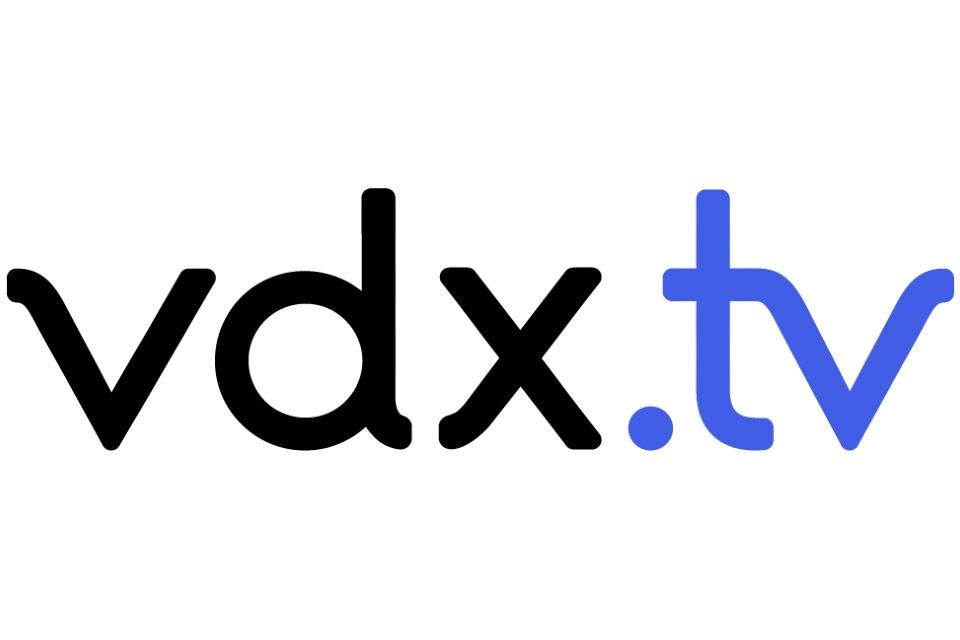By Parham Azimi, CEO, Cantemo
The latest iteration of Cisco’s “Visual Networking Index” found that video will account for 82 percent of all online traffic by 2022. That means most of the content your site visitors, leads and potential customers consume will include moving pictures, and all of this needs to be managed well.
In addition to a huge increase in video content production, distributed global teams are now an everyday norm for many companies.
According to an article published in Forbes at the end of 2018, remote working is a standard operating mode for at least 50% of the US population. Employees are beginning to expect a flexible work life and Forbes is predicting that Generation Z workers will expect more choices as to when and where they work.
However, it’s not only employees who are seeing the benefits of working remotely; many employers are reaping the benefits of increased productivity from their remote staff, as highlighted by recruitment organisation Tecla in its 2019 article.
With clear advantages, it’s not surprising that there has been a giant increase in employers embracing distributed teams. However, it doesn’t just promote productivity, it opens up a whole new workforce. This allows businesses to employ well qualified and talented staff based on their qualifications as opposed to where they live. Of course, adapting workflows to enable this presents employers with some challenges. With offices based around the world some staff are starting their day when others are switching the lights off.
How can you ensure smooth and seamless collaboration for creative teams working on the same projects, but in different time zones? The benefits of remote teams mean that organisations are ready to implement technology to make this easier and more efficient. However, industries that work heavily with reams of data are faced with a decision; what solutions are suitable for the job? Is there a solution that not only enables video management, but also enhances it?
When file sharing isn’t enough
When we are thinking about file sharing, we’re considering options such as Dropbox, Google Drive and One Drive. These are popular and low-cost tools that can be a suitable way to handle media when your content library or archive is small. With capabilities to share links and set permissions, sometimes web-based sharing is enough as it does all of this very well. However, its file sharing falls short when being used for more complex workflows, such as collaborative projects that have multiple stakeholders, teams, timezones. Have you ever tried to find a file that your colleague has mis-named, duplicated or saved in the wrong location? This is where it’s time to consider file management tools.
The case for Media Management
Finding lost files wastes valuable time. Add to this the complexity of collaborating with creative teams and clients across multiple locations and you can feel the metaphorical sweat beads starting to form. Metadata may be part of the solution.
Combining AI—which allows computing brain power do the heavy lifting—with rich metadata will provide the tools to make media searchable and easier to find. Automated and bulk metadata tasks can allow for efficient media management. Tagging media enables a huge set of parameters to search for content.
Instead of manually choosing where to file media featuring a family, on a day trip, travelling by train, with their dog, you could choose a better option and make the file discoverable using any one of those search terms. Better still, AI capabilities have now been developed to a point in which it can identify the images within the footage, translate this into metadata and provide the user with the content when searched for.
However, global working creates a challenge when managing how you store your data; metadata needs space and remote teams need scalable storage solutions that are easy to access. How should global businesses be storing their content? Can the right storage increase efficiency?
Storing files and workflows
With many global organisations recognising their complex storage requirements, time must be spent considering how to use storage and workflows to improve efficiencies on an operational level. Sharing files with global teams and clients for review is often quickly and effectively handled by applying cloud-based workflows.
A cloud-based workflow can route all of the steps in the process for approval, regardless of where staff are located. Cloud-based workflows also drive productivity by taking workflows online and reducing manual steps; this rapidly increases efficiency, often at a lower cost than alternatives. As legacy systems start to creak under the strain of modern working challenges, many organisations are considering whether the cloud holds the solution to streamlined workflows.
Cloud working has become a widely adopted computing term. Most marketers understand that taking storage power from hardware on premise and placing it in the cloud is beneficial for many reasons. However, when swapping to the cloud an organisation’s first decision is whether to adopt cloud storage or a hybrid. Hybrid cloud is a combination of both cloud storage and on-premise storage. It offers users with flexibility when it comes to file sharing and keeps egress costs at a minimum. Add in proxies, which I’ll address later on, and you’ve got a powerful, modern solution.
An editor may already have several hundred gigabytes of data for just one project, which makes sharing and global collaboration difficult. Projects with a fast turnaround can easily encounter bottlenecks that slow down processes and defeat the objective of a media management solution. Enter: proxies.
Proxies
To avoid a content bottleneck, cloud-based media management solutions should provide the ability to offer proxy workflows, particularly non-linear editors (NLEs). With proxies, editors can edit content and the project timeline without having to use significant amounts of bandwidth that are required when moving the high-resolution files around. Working with and moving much smaller files has cost implications for egress (getting your files back out of the cloud) and should be considered when selecting a vendor for services.
The right tech is the solution
Whether collaborators are across the hall or across the country, organisations need their staff to have the ability to access, edit and share media easily and quickly. Businesses are now turning to sophisticated media management tools to make it simpler to share media at various stages of production, review, edit, and seek approval – no matter where teams are based. All of the advantages of hybrid cloud-based file management produce fewer obstacles in developing and collaborating on creative content.
Hassle-free, secure and reliable, hybrid workflows support global organisations while they solve their media management challenges. A customised and robust hybrid cloud platform offers a smart solution that enhances ordinary asset management whilst enabling collaborative working. The benefits of remote working outweigh the challenges; equip your business with the right tools and there’s no reason not to hire the best person for the job, regardless of where they are in the world.










